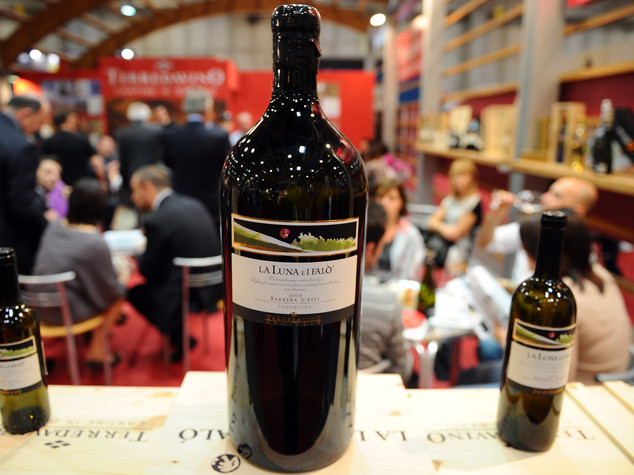Italian food exports only at 50 percent of potential
(AGI) Rome, Sept 27 - Despite a domestic production of more that 5,847 tradition...

(AGI) Rome, Sept 27 - Despite a domestic production of more that 5,847 traditional foods and specialties with a protected designation of origin (PDO) label, Italy exports less than 200 of its fully authentic (Made in Italy) products. Many foreign consumers consider a good reputation a must, and that's something Italian agro-food products possess. However, exports only totalled 37 billion euros compared to a potential of 70 billion euros. This is due to a limited range of products making up more than 90 percent of the overall revenue, of which 24 billion euros are generated from Germany, France, and the UK alone. These numbers came under debate during a major event in Rome promoted by the Italian Farmers Confederation (CIA). The organisation arranged a discussion with journalists and stakeholders in the agro-food sector, focusing on an analysis of international markets for Italian products and projects that the CIA itself is developing to promote high-quality Italian specialties in new foreign markets. The event is part of a wider internationalisation strategy carried out in partnership with the Italian Trade Agency (ICE), Gambero Rosso International, the Anti-Counterfeiting Study Centre, and the Valdani e Vicari consulting company. One of the examples offered during the discussion is that Italy produces 523 wines with a PDO label, but foreign consumers might only know around half of dozen of them, as they are hard to come by abroad. So, while international consumers can easily find Modena's balsamic vinegar, the Granda Padano and Parmigiano Reggiano cheeses, the "prosciutto crudo" (dry-cured ham) of the Parma and San Daniele varieties, Roman pecorino cheese, and gorgonzola, they are unaware of many other products. These include the Caciocavallo Silano cheese, the Sarconi bean (Fagiolo di Sarconi), or the Vialone Nano variety of rice from Verona. The picture, the CIA said, makes the unattained potential of Italian agro-food exports very clear. Recent studies on how Italian products are "perceived" abroad found that four out of 10 foreign consumers consider Italian food superior to local products in terms of quality. In the U.S., 43 percent of those surveyed said they want more Italian products on supermarket shelves. Additionally, 74 percent said they would be willing to pay a higher price as long as the goods were 100 percent Italian. In other words, there is plenty of untapped demand, especially considering that many countries hardly import Italian products and there are others in Asia that are only now emerging as potential markets. (AGI) . .

